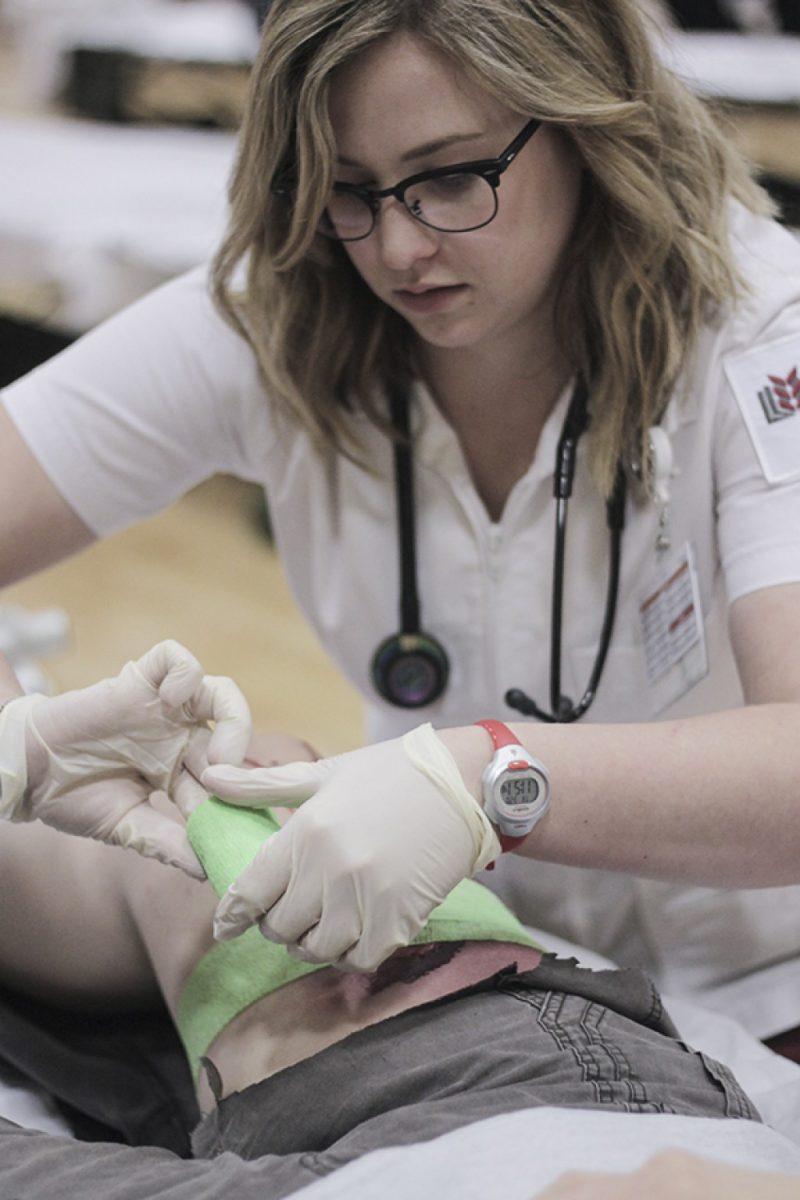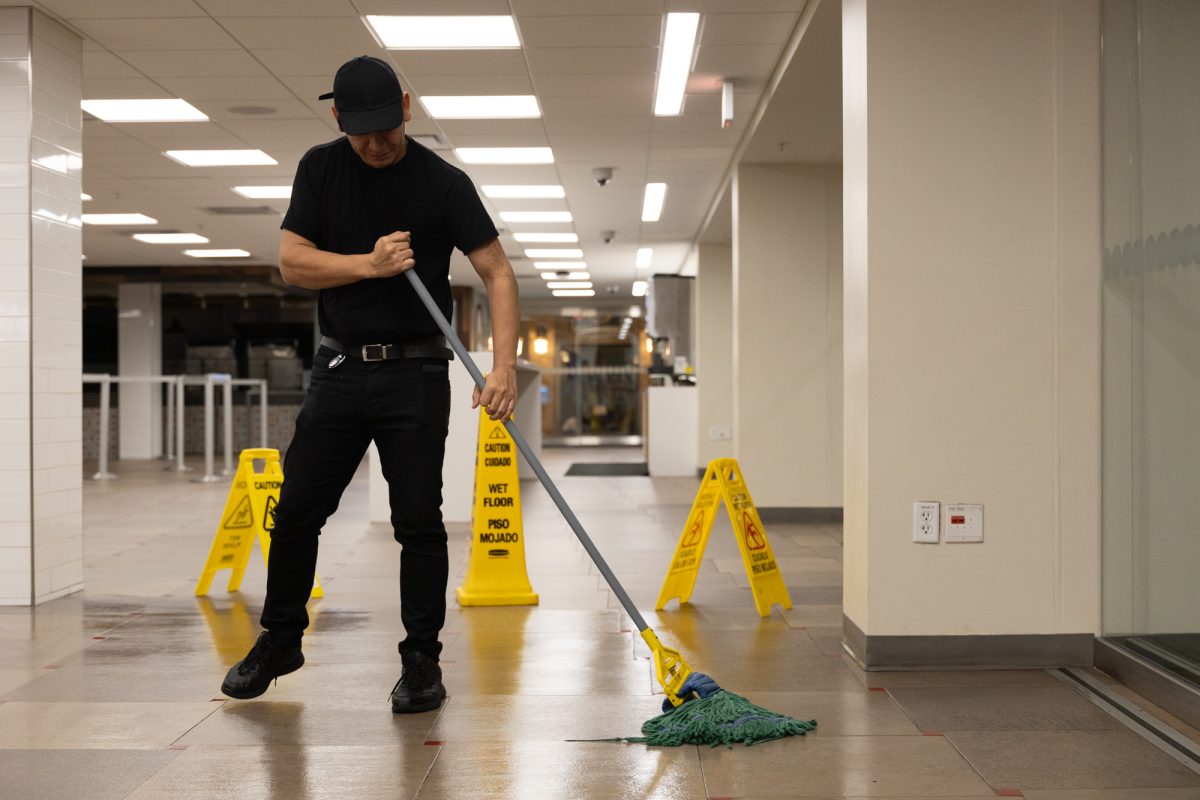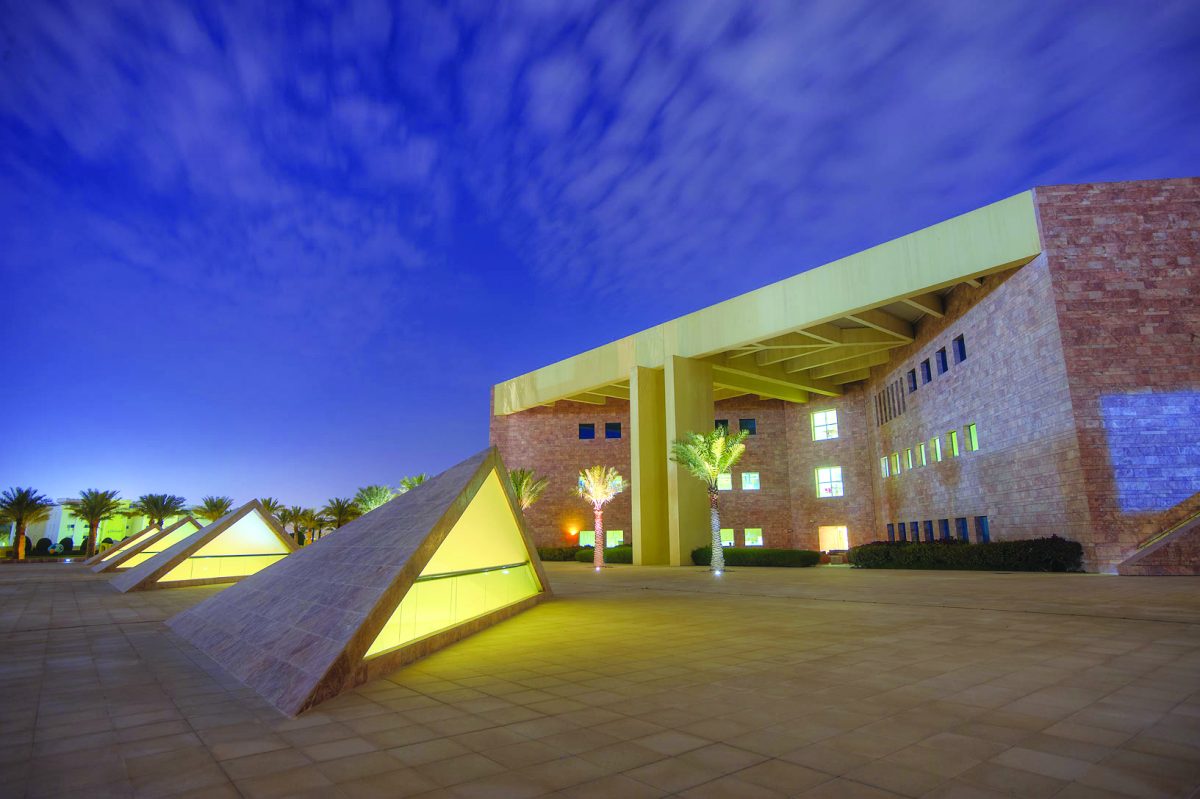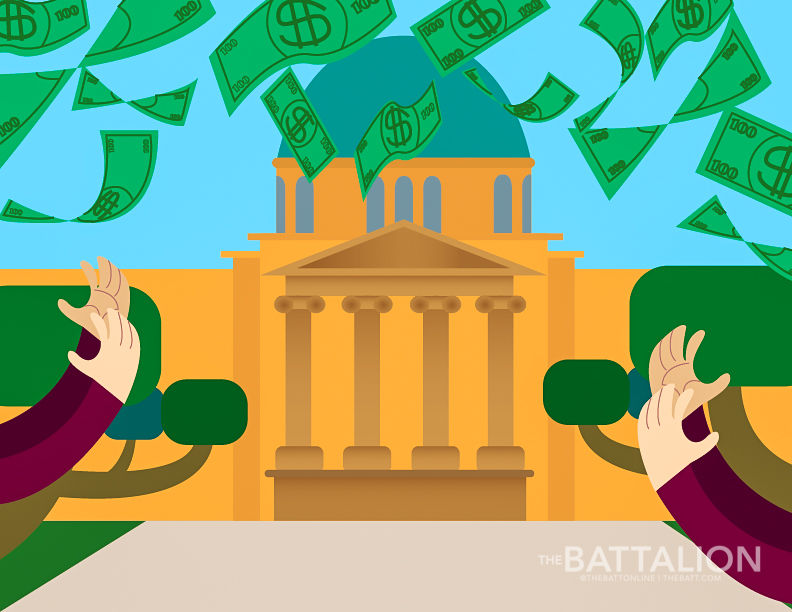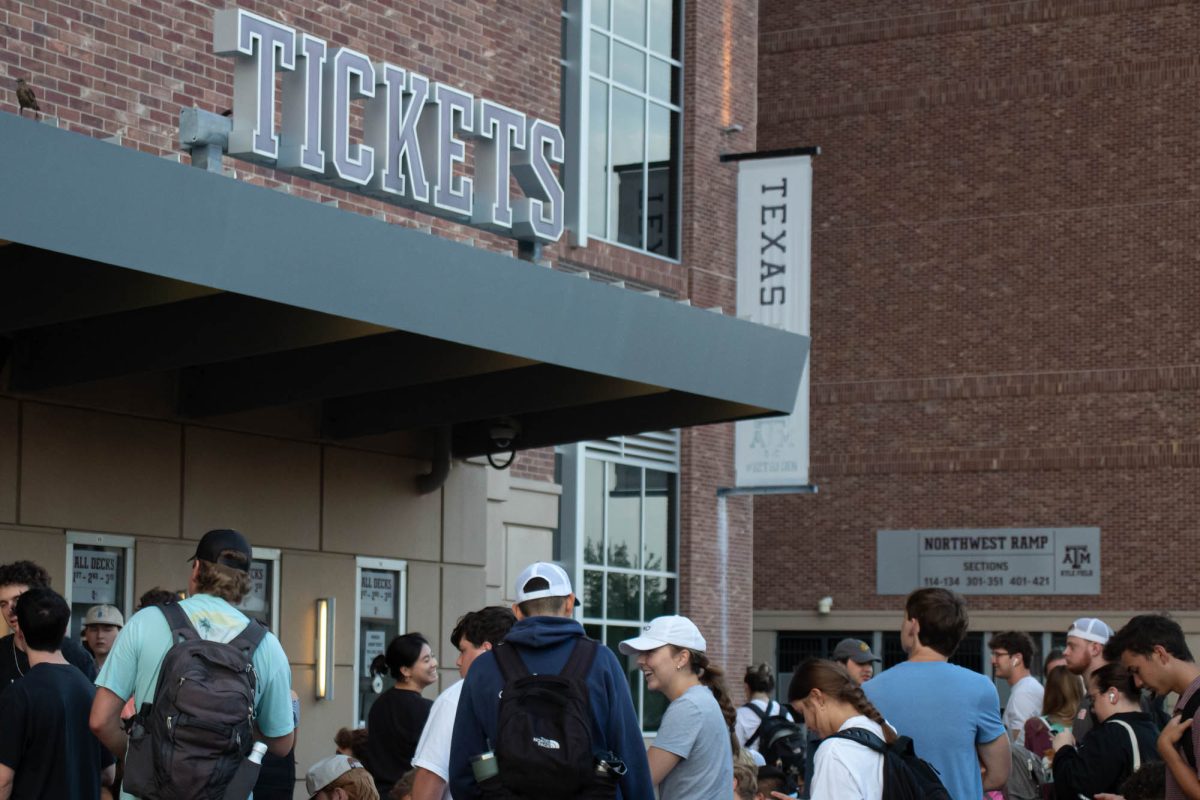Broken bones, sick children, collapsing lungs, contagious diseases and so much more.
Many things can occur during a disaster like a tornado, epidemic or earthquake, which is why the Texas A&M Health Science Center College of Nursing, along with Blinn College nursing, radiology and EMS students and the Texas A&M Veterinary Emergency Team, are gearing up once again to prepare for their annual Disaster Day.
Disaster Day offers students interested in medicine the opportunity to test their skills against a real-life disaster situation.
Nursing senior Rachel Friedman said new medical professionals are often overwhelmed with their first true disaster.
“Disaster Day is a disaster simulation that allows members of the community to engage in disaster preparedness and relief,” Friedman said. “This simulation teaches students to work under high pressure and chaotic situations.”
Friedman said the truth of the matter is each student who chooses to continue a career in the medical field will face a disaster in their career.
“I think the reality is that, as a doctor, it’s inevitable that in our lifetime we’re going to face a disaster,” Friedman said. “We’re one of the only schools that does that, if not the only school that does it, and so I can also say that I feel like if a disaster were to strike, our students would be a lot more prepared than other students when they’re off working in doctors’ offices or hospitals or wherever they go after they finish their time here.”
Friedman said even though Disaster Day is a simulation, it will still give its participants valuable experience on how to behave during a real disaster.
“Even if it was a simulation or a ‘fake’ experience, that’s still going to give us that skill set in how to prioritize, how to triage patients and to be able to see what that kind of mass chaos could look like,” Friedman said.
When a disaster strikes, it affects the whole community, so in order for the event to be as realistic as possible for the medical professionals in training, it’s important that many people volunteer to play the afflicted.
“This year we’re probably looking for about 450 volunteers,” nursing senior Halye Vessell said. “Absolutely anyone can be a volunteer. Our youngest volunteer has been four. We in the past have had volunteers that were in their 70s. So everyone is welcome.”
So far, about 100 people have volunteered. Anyone interested in volunteering should email Vessell. From there, she will assign the participant a case and provide a date to attend victim training.
“Those volunteers would come up to the College of Nursing for a short, 40-minute case training day. Someone will tell them what to expect on Disaster Day, where to and so on,” Vessell said. “They’ll also train them on the medical and nursing aspects of that particular case. They’ll tell them, ‘This is what you need to act like, this is what you need to say, this is what you need to look like.’”
Vessell said the volunteers are well trained so the nurses and doctors have practice in deciding how to triage, place and treat the patient.
“The nurses are going to, when the patient comes in, or the doctors — no one in this simulation is aware of what each patient has, only the patient knows that — so the patient will come in and display certain symptoms, and the nurses will assess them and triage them in order of importance because there are more nurses than doctors,” Vessell said.
From there, the doctors visit their patients in the priority order in which the nurses have placed them.
“They will diagnose and they will write orders for, say, IV fluids, an antianxiety medication or a blood pressure medication, and then the nurses will carry out those orders,” Vessell said.
While the jobs of the nurses and doctors are separate, Vessell said it is important for them to work together to help treat and diagnose the patient.
“It is kind of a guessing game, kind of a puzzle, with the nurses and the doctors working together to figure out what the patient’s problem is and figure out how to best take care of and treat that patient,” Vessell said.
Disaster Day also teaches students how to be quick thinking, flexible and adaptable. Katie Hancock, communications director for the College of Nursing, said the experience is an invaluable teaching opportunity.
“This not only teaches them how to respond on a much larger scale and without any planning, it’s a fantastic experience for them, because any other way they wouldn’t be able to experience something this large, this drastic, because it’s not a hospital setting, it’s in the field,” Hancock said.
Monetary support is also needed to make the event successful. Fundraising has already begun, with bake sales and a profit share at Fuddruckers on Nov. 17. There will be another profit share from 5-9 p.m. on Dec. 5 at the Chipotle by Home Depot. All the profits go toward making T-shirts for each of the volunteers and participants in the event.
“An important thing to recognize is that we’re not working with a budget,” Friedman said. “We start with zero money. We’re a totally student-run event. We have support from faculty and staff, but we are entirely student run. We don’t have this pool of money that we get to pull from when we need it. All we have is the money that we make with our efforts to gather sponsors, and with however productive our profit shares and our bake sales have been.”
While the event is student organized, it affects the whole community, Vessell said.
“We talk about collaboration — that’s such a big word going along with Disaster Day — and that’s what we’re doing by going to the community and asking for their help in putting on this really important, really big event,” Vessell said. “In a disaster we see the community come together. We’ve seen that with Hurricane Katrina when we had a lot of refugees come in and there was a gigantic relief effort at Reed Arena. That’s what we’re looking to do, so that’s why we’re targeting the whole community, because it’s a whole community issue and we really just want to bring everyone in and educate them together so that as a community we can be better prepared.”
Disaster Day will be on March 26, 2015. In an effort to maintain the true surprise that a real disaster would evoke, the specific disaster will not be released until that day.
People who are interested in volunteering as a patient should send an email saying they would like to participate to [email protected].
Disaster Day fosters emergency prep experience, seeks ‘patient’ volunteers
December 2, 2014
0
Donate to The Battalion
Your donation will support the student journalists of Texas A&M University - College Station. Your contribution will allow us to purchase equipment and cover our annual website hosting costs.
More to Discover



